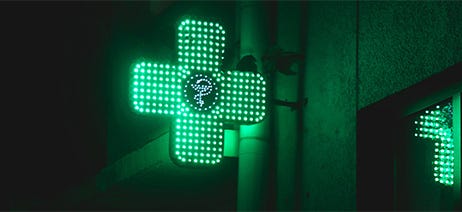
Medical Marijuana vs. Recreational: Understanding the Similarities and Differences
High Points
- Medical marijuana is intended for individuals with qualifying health conditions and requires approval through a state-regulated program. Recreational marijuana, on the other hand, is available to any adult 21 or older that has a valid, state-issued photo ID.
- Since cannabis is still illegal on a federal level, many states have developed their own systems for safe and regulated access to both medical and recreational cannabis. (e.g. medical card qualifications, possession limits, etc.)
- Medical marijuana cards are issued by the state, and, with a few exceptions, they cannot be used outside of that state. Recreational, also called adult-use, dispensaries typically only require a valid, state-issued photo ID that shows the shoppers is at least 21 years old.
As cannabis legalization continues to expand across the U.S., understanding the difference between medical and recreational marijuana has never been more important. While both involve the use of cannabis, they serve different purposes and follow different rules.
In this guide, we’ll explain everything you need to know about both the similarities and differences between medical marijuana and recreational marijuana, including:
- Recreational vs Medical Dispensaries
- What is Medical Marijuana?
- What is Recreational Marijuana?
- What’s the Difference Between Medical and Recreational Marijuana?
- FAQs About Adult-Use vs Medical Dispensaries
Recreational & Medical Dispensaries
Depending on the laws in your state, you’ll typically come across three types of dispensaries: recreational-only, medical-only, or a combination of both. Even in states that have legalized recreational use, medical marijuana programs often remain in place to provide crucial benefits for patients, such as lower taxes, different age requirements, and broader product selections. Understanding the differences between these dispensary types, and how you purchase marijuana at each, can help you better navigate the cannabis landscape, and find the products that are right for you.
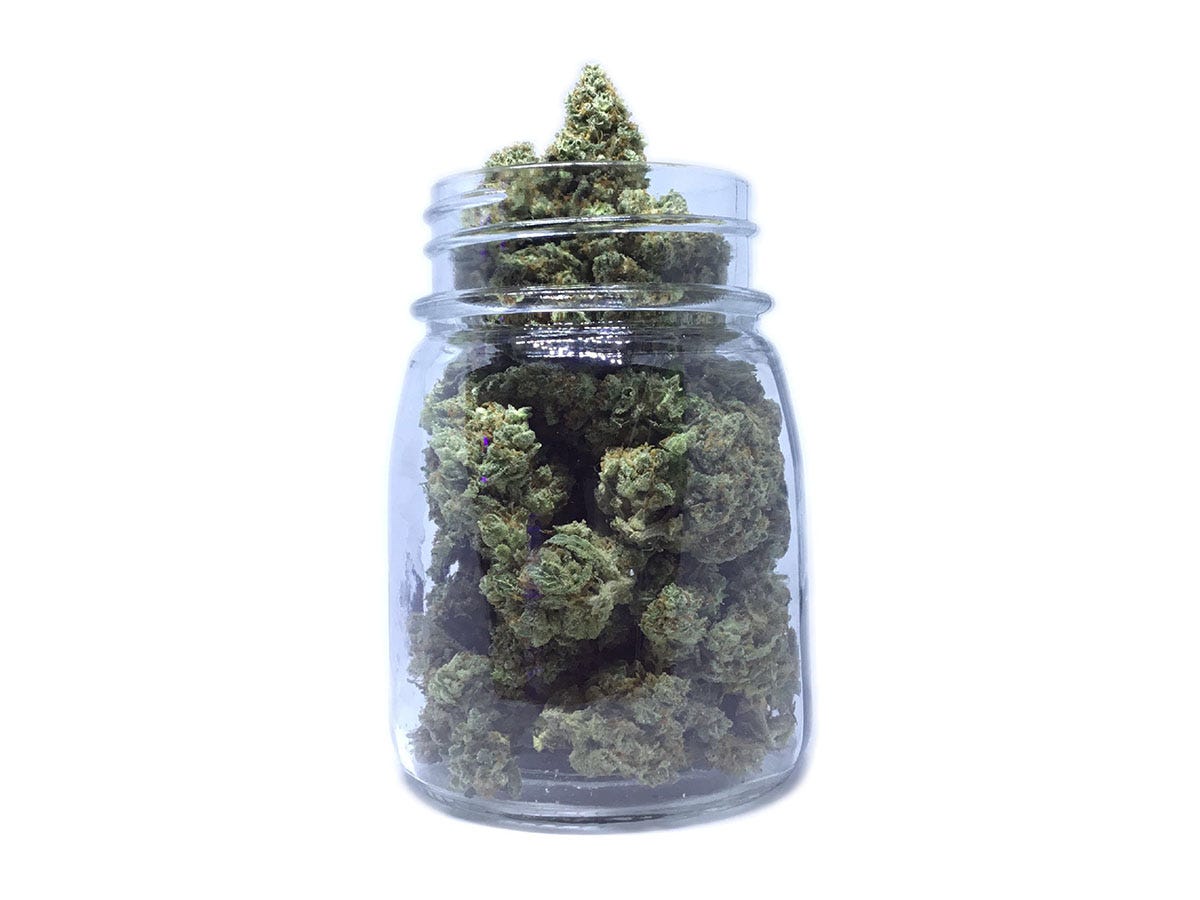
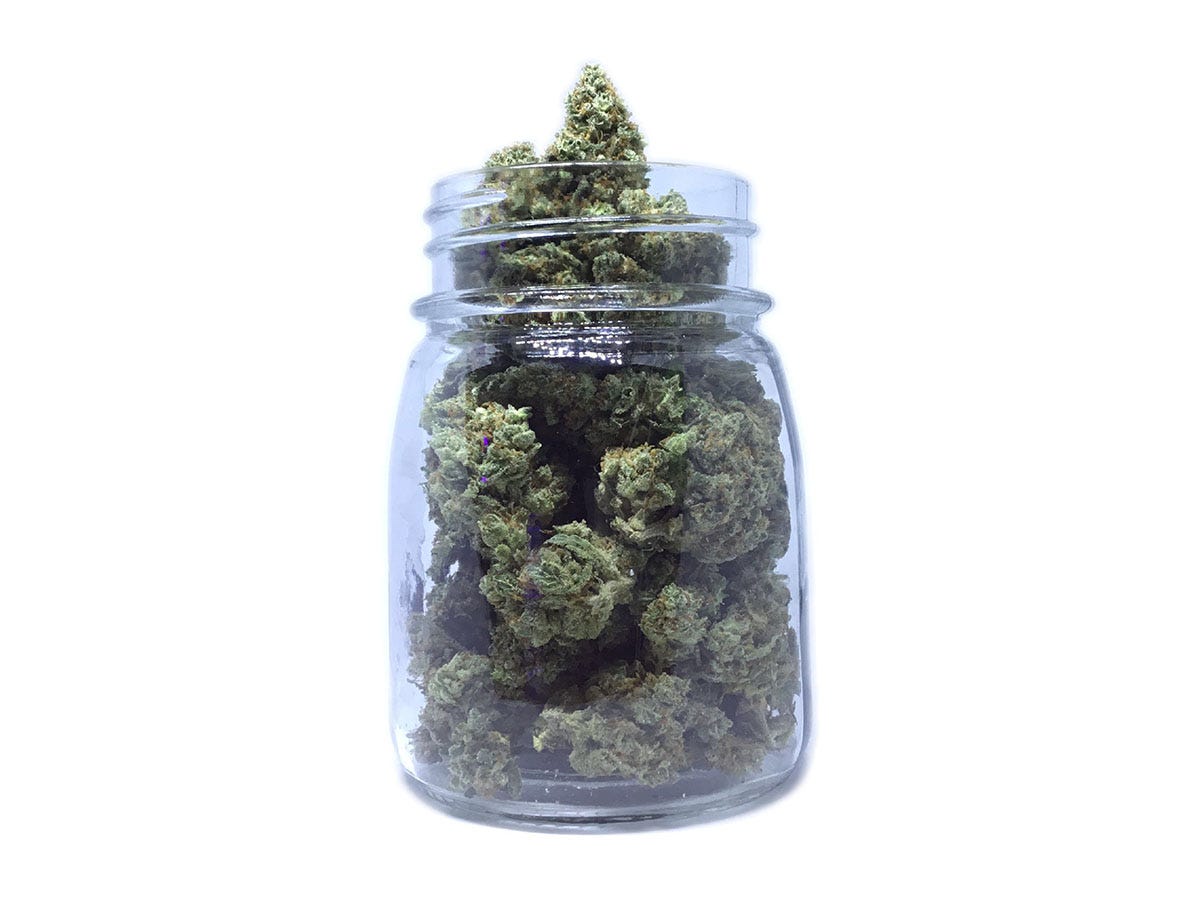
What is Medical Marijuana?
Medical marijuana refers to cannabis products that are specifically intended for treating qualifying health conditions and are only available to registered medical marijuana patients. While these products are made from the same cannabis flower used in recreational products, they are often offered in higher doses and in more medicinal forms, like tinctures and capsules.1
The process of becoming a registered medical marijuana patient varies slightly by state. Each state has its own list of qualifying conditions—though some, like New York, have moved away from a fixed list altogether. Generally, you’ll need to prove your residency and consult with a licensed healthcare professional who is authorized by the state to recommend cannabis. They will evaluate your condition and determine whether you qualify for the program and/or a medical marijuana card.2
Unlike recreational cannabis, which is only available to adults 21 and older, medical marijuana can be accessed by individuals starting at age 18. In some states, patients under 18 may also qualify, provided they have a caregiver—typically a parent or guardian—who can purchase products for them.3
What is Recreational Marijuana?
Recreational cannabis—also known as adult-use marijuana—refers to cannabis products sold to adults aged 21 and over at licensed dispensaries in states where it has been legalized.
In essence, recreational marijuana is any type of marijuana bought and consumed for the purpose of enjoyment, rather than for any medical benefit.4 Colorado and Washington were the first states to legalize recreational cannabis in 2012, paving the way for many others.5
In states where adult-use cannabis is legal, it’s generally regulated in a similar way to alcohol; Adults 21 or older with a valid ID can purchase it from a licensed retailer. However, it’s important to note that each state sets its own limits on how much cannabis a person can buy at one time. Most states that allow recreational cannabis also permit out-of-state visitors to make purchases, but their possession limits may differ from those of residents. And remember, it’s illegal to take cannabis products across state lines.
Adult-Use vs Recreational Dispensary
The terms "recreational" and "adult use" can be used interchangeably to describe cannabis consumed by adults 21 and over for personal enjoyment rather than medical purposes. These days, adult use is the preferred term over recreational because it better reflects the wide range of reasons people choose to consume cannabis.1
There's no real difference in how recreational or adult-use dispensaries operate. The terminology typically just depends on the language used in a particular state’s regulations.
Recreational vs Medical Marijuana: How Are They Different?
The biggest difference between medical and recreational marijuana is how they’re regulated. Purchasing medical marijuana requires a recommendation for cannabis (often in the form of a medical card or registration) from a qualified health professional, whereas anyone 21 and over with a valid ID can purchase recreational marijuana. Here’s an in-depth look at the other nuances that distinguish medical from recreational:
Legal Status
Medical marijuana is legal in more states than adult-use cannabis, with 39 states offering medical programs compared to 24 that have legalized adult-use. Those 24 states with recreational laws also maintain medical marijuana programs.
Overall, cannabis has a unique legal status. While many states have chosen to legalize it, cannabis remains illegal at the federal level, and is classified as a Schedule I substance. This creates a legal gray area—states can permit cannabis use, but federal law technically prohibits it. One example of this conflict is that cannabis remains banned in national parks and other federal lands, even in states where it's otherwise legal.
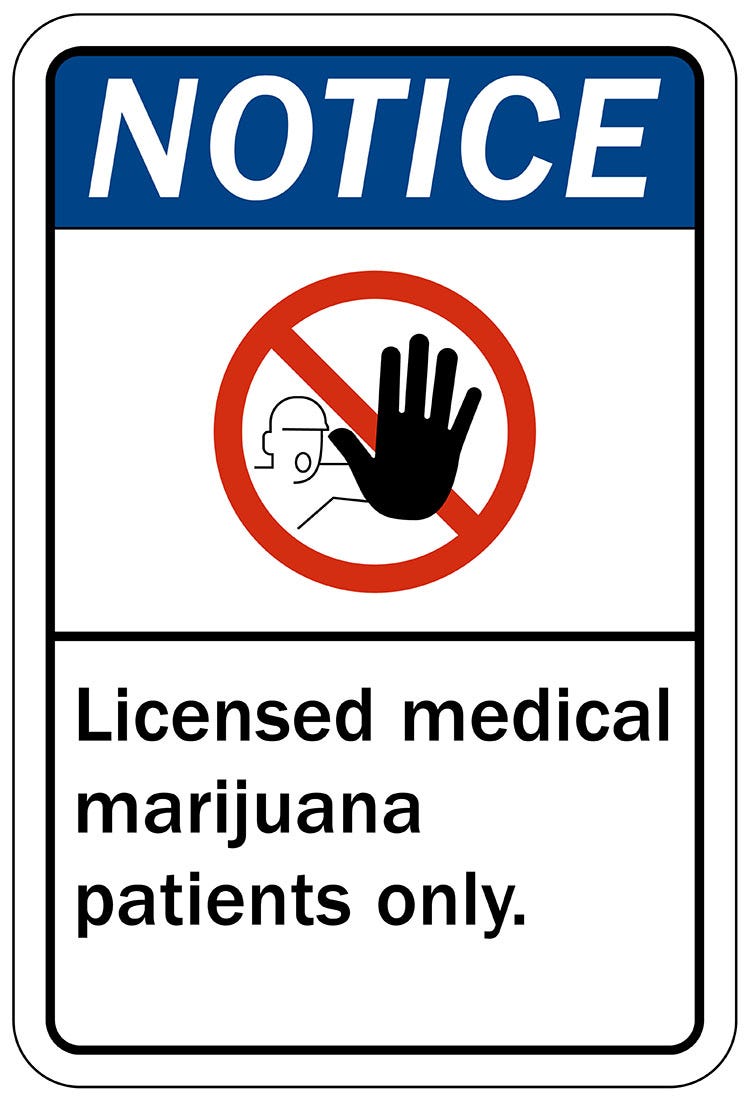

Requirements
To purchase medical marijuana, you must first register with your state’s medical marijuana program. This typically involves a consultation with a licensed healthcare provider who’s authorized to recommend cannabis. You’ll also need to prove your residency in the state.
Patients must be at least 18 years old to register for a medical marijuana card on their own. Those under 18 can still qualify but will need a designated caregiver—often a parent or guardian—who can purchase and administer cannabis on their behalf.
When visiting a dispensary, medical patients must bring a government-issued ID and proof of their medical marijuana registration or certification, often in the form of a state-issued card. It's important to note that medical marijuana cards are only valid in the state where they were issued—except in states that offer reciprocity, meaning they allow out-of-state patients to shop at their medical dispensaries.
The requirements for recreational cannabis are typically more straightforward. You must be at least 21 years old and present a valid, government-issued ID at the time of purchase. No additional registration or certification is required.1
Purchase & Possession Limits
The amount of cannabis you’re legally allowed to purchase and carry depends on several factors: the state you’re in, whether you’re a resident or a visitor, and whether you’re a medical patient or a recreational consumer.
In most cases, medical marijuana patients are granted more lenient limits, often allowing them to buy and possess larger quantities than recreational users. While the exact amounts vary by state, medical patients can typically purchase between 1-6 ounces at a time.6
Before heading to a dispensary, it’s a good idea to check your state’s current purchase and possession limits—especially if you're traveling or new to the area. If you're unsure, your dispensary’s budtenders can always walk you through the guidelines.
Product Selection
Dispensaries that carry both medical and recreational products usually have separate menus for each. This way you’ll never select a product just to find out it’s only available to medical patients, or vice versa.
You may find that medical marijuana menus have more products with high concentrations of THC, but this is because medical marijuana patients have received approval from a healthcare professional to consume this. Medical marijuana products can also frequently come in certain formulations that make them easier to dose, like edibles, capsules, and sublingual tinctures.7
Taxes
There is no universal tax structure for cannabis purchases—like many aspects of cannabis regulation, taxation varies widely from state to state. Generally, medical marijuana patients pay significantly lower taxes, and in some cases, none at all. Recreational consumers, on the other hand, may be subject to a combination of excise taxes, general sales tax, and local taxes.8
Excise taxes are special taxes imposed by state or local governments on specific products, including alcohol, tobacco, and cannabis. These taxes are often built into the retail price and may not appear on your receipt, making them less visible to consumers.9 When it comes to cannabis, excise taxes are typically calculated in one of three ways: as a percentage of the product’s price, based on its weight, or determined by its potency (a.k.a. the THC content).10
In addition to excise tax, many states apply a general sales tax to cannabis purchases—just like they do for most other goods and services.
Some local governments also impose their own cannabis-specific tax, or local tax. These are usually smaller and vary by city or county. Revenue from local taxes often supports community initiatives.8
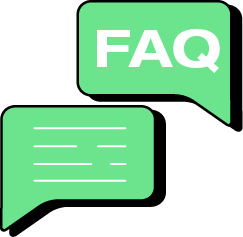

FAQs About Adult-Use vs Medical Dispensaries
The legal status of cannabis can be fluid at best, and downright confusing at worst. We get a lot of questions about what the rules are in the states where we operate. Here are some of our most frequently asked and answered questions about recreational and medical cannabis:
How much recreational cannabis can I posses?
The amount of cannabis you’re legally allowed to have varies from state to state. For example, Illinois residents may possess no more than 30 grams of flower, 5 grams of concentrate, and 500 milligrams of THC in infused edible products.11 For non-residents, those amounts are cut in half.12 And in Colorado, the limits for residents and visitors are 2 ounces of flower, 2 ounces of concentrate, and 800 milligrams of THC in infused edible products.11
Your best bet is to review the rules for your state, whether you live there or are just visiting, to learn the amounts they allow residents and non-residents to purchase. When in doubt, you can always visit a dispensary if you’re over 21 and have a valid ID. The budtenders there will be able to tell you your specific purchase and possession limits.
Are medical marijuana products different from recreational marijuana products?
Not really. Both medical and recreational marijuana products are derived from the same cannabis plant. The main differences between them typically come down to cost, potency, and how they’re formulated.
Medical marijuana products are generally cheaper because state and local governments apply significantly less taxes to their sale and purchase. Most states offer them at lower prices and exempt registered patients from some or all taxes, while recreational products are often priced higher and subject to multiple layers of taxation.
Potency can also vary. Medical marijuana products are often formulated with either higher levels of THC or lower levels of THC with higher levels of CBD to provide therapeutic relief without psychoactive effects. This can be especially important for patients who need to manage symptoms throughout the day but want to stay clear-headed. These products also tend to come in more precisely doseable forms, such as capsules and tinctures.7
Why do medical and recreational marijuana rules vary by state?
Cannabis remains illegal at the federal level, which means there is no unified national policy regulating its use or sale. In the absence of federal legalization, individual states have created their own unique cannabis laws. As of this writing, 39 states, three U.S. territories, and Washington D.C. have established medical marijuana programs. Of those, 24 states—along with the same three territories and D.C.—also permit recreational use.13
This approach has led to a clear conflict between state and federal laws. Until the federal government chooses to legalize cannabis, each state will continue to set its own rules regarding how marijuana can be purchased, sold, and consumed within its borders.
Can I use my medical cannabis card in another state?
In certain cases, yes. Some states with medical marijuana programs offer reciprocity, meaning you can use an out-of-state medical marijuana card to purchase medical marijuana at their dispensaries.14 For example, Nevada dispensaries will accept medical marijuana registrations given in other states because of their tourism-heavy economy. So if you have a medical marijuana card in California, you can use it in Nevada. California, however, does not offer reciprocity, so if you’re traveling from Nevada, you cannot purchase marijuana in California as a medical marijuana patient.15 If you’re curious if the state you’re traveling to offers reciprocity, we recommend checking the marijuana laws and regulations in that state first.


Purchasing Medical Marijuana or Recreational Marijuana
The most important thing to do before purchasing medical marijuana or recreational marijuana is to familiarize yourself with the cannabis laws in the state you live in or are visiting. This will give you a good idea of what you can purchase, how much you can purchase, and—in the case of medical marijuana patients—if you can purchase in a different state using your medical marijuana card. Of course, if you have questions, you can ask the resident cannabis experts (also known as budtenders) when you visit a dispensary.
Source:
1. “What’s the Difference Between Medical Marijuana and Recreational Weed?” GoodRx, February 13, 2024, https://www.goodrx.com/classes/cannabinoids/medicinal-vs-recreational-weed-marijuana
2. “Is It Legal for Doctors to Prescribe Medical Cannabis?” GoodRx, November 23, 2022, https://www.goodrx.com/classes/cannabinoids/can-doctors-prescribe-medical-marijuana
3. “Can Minors Get Medical Marijuana?” NuggMD, July 31, 2024, https://www.nuggmd.com/blog/can-minors-get-medical-marijuana
4. “Adult-use,” Leafly, https://www.leafly.com/learn/cannabis-glossary/adult-use
5. “Colorado, Washington Become First States to Legalize Recreational Marijuana,” ABC News, November 7, 2012, https://abcnews.go.com/Politics/OTUS/colorado-washington-states-legalize-recreational-marijuana/story?id=17652774
6. “How Much Weed Can I Buy With My Medical Card?” Leafwell, April 16, 2025, https://leafwell.com/blog/how-much-weed-can-i-buy-with-my-medical-card
7. “What is Cannabis Flower?” Leafwell, November 21, 2024, https://leafwell.com/blog/what-cannabis-flower
8. “Medical vs. Recreational Cannabis Taxes Explained,” Veriheal, August 15, 2024, https://www.veriheal.com/blog/medical-vs-recreational-cannabis-taxes-explained/
9. “Excise tax,” Thomson Reuters, https://tax.thomsonreuters.com/en/glossary/excise-tax
10. “How do state and local cannabis (marijuana) taxes work?” Tax Policy Center, August 2024, https://taxpolicycenter.org/briefing-book/how-do-state-and-local-cannabis-marijuana-taxes-work
11. “Legalization,” NORML, https://norml.org/laws/legalization/
12. “Frequently Asked Questions,” City of Chicago Cannabis Information Center, https://www.chicago.gov/city/en/sites/cannabis-information-center/home/faq.html
13. “State Medical Cannabis Laws,” National Conference of State Legislatures (NCSL), March 6, 2025, https://www.ncsl.org/health/state-medical-cannabis-laws
14. “Which States Accept Out-of-State Medical Marijuana Cards?” Veriheal, October 22, 2024, https://www.veriheal.com/blog/which-states-allow-out-of-state-patients-to-buy-medical-marijuana/
15. “Reciprocity,” Weedmaps, May 14, 2021, https://weedmaps.com/learn/dictionary/reciprocity


